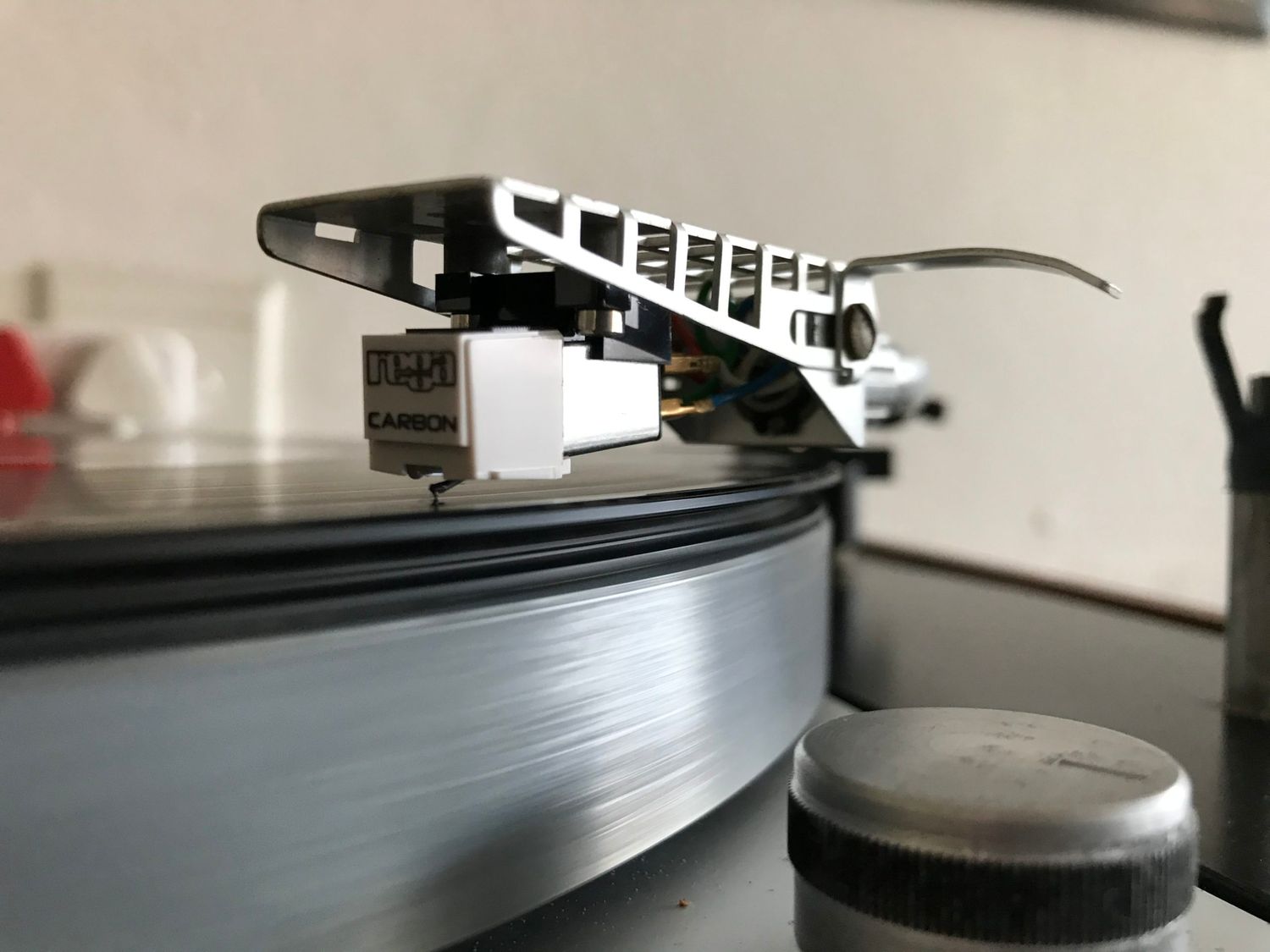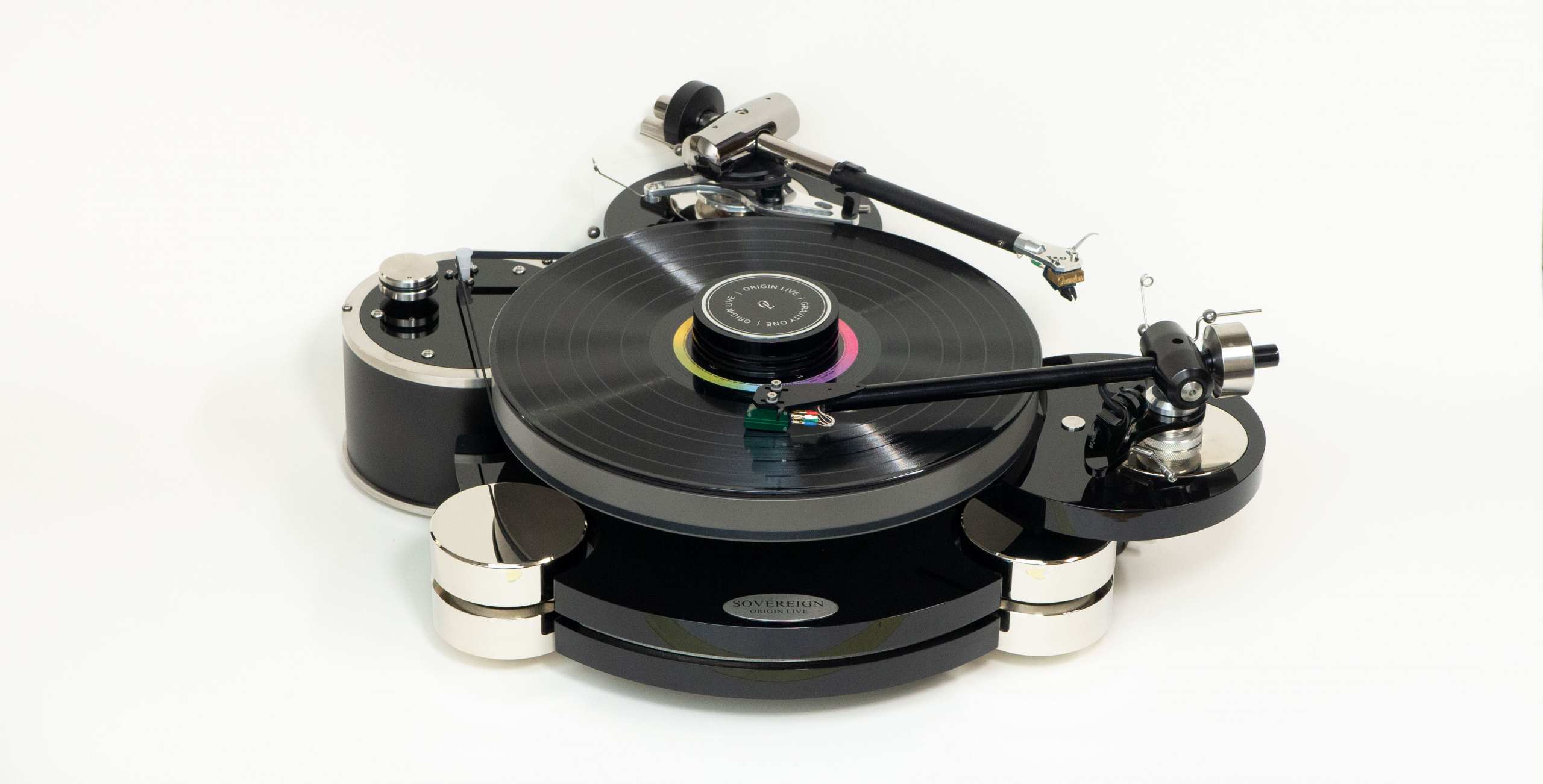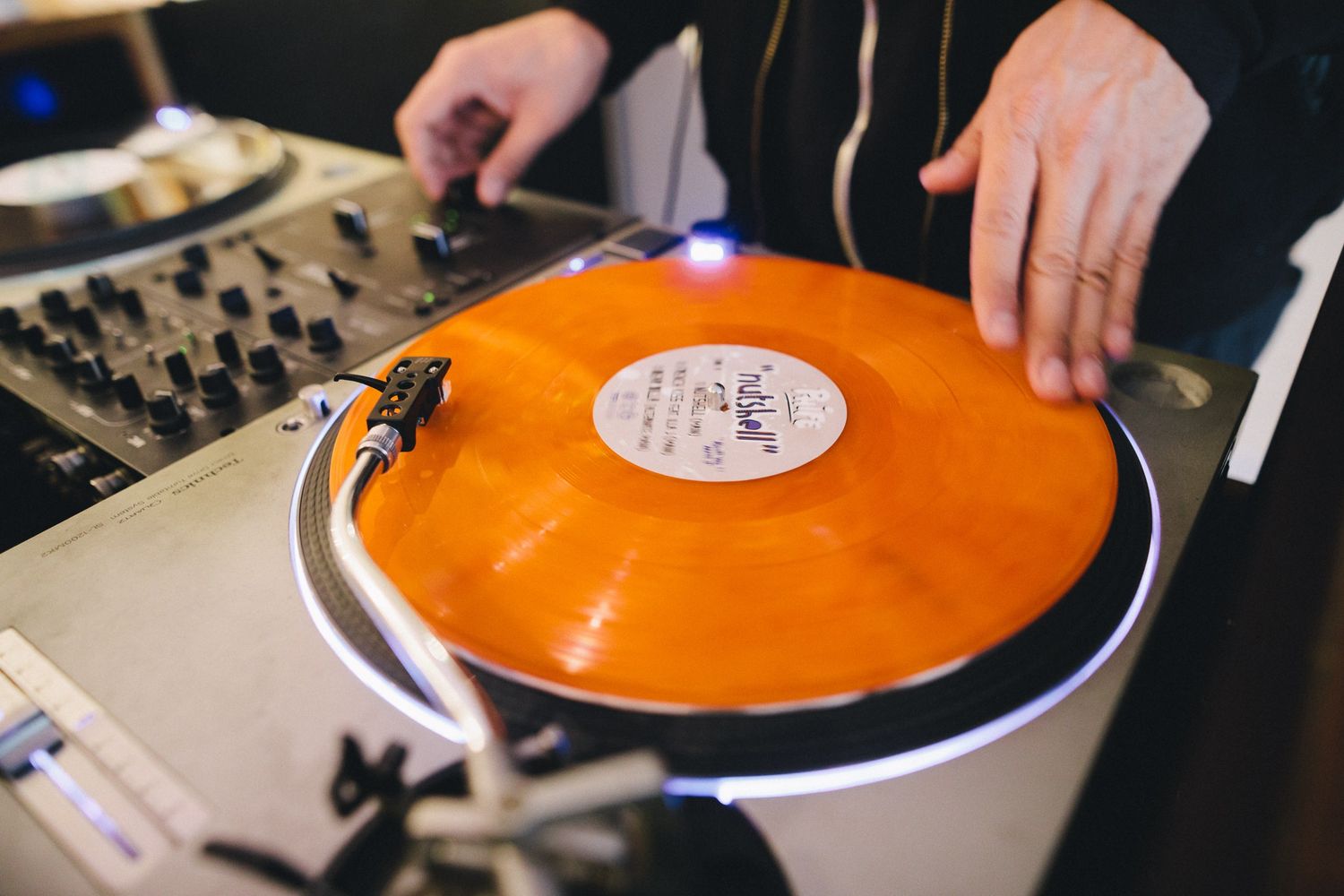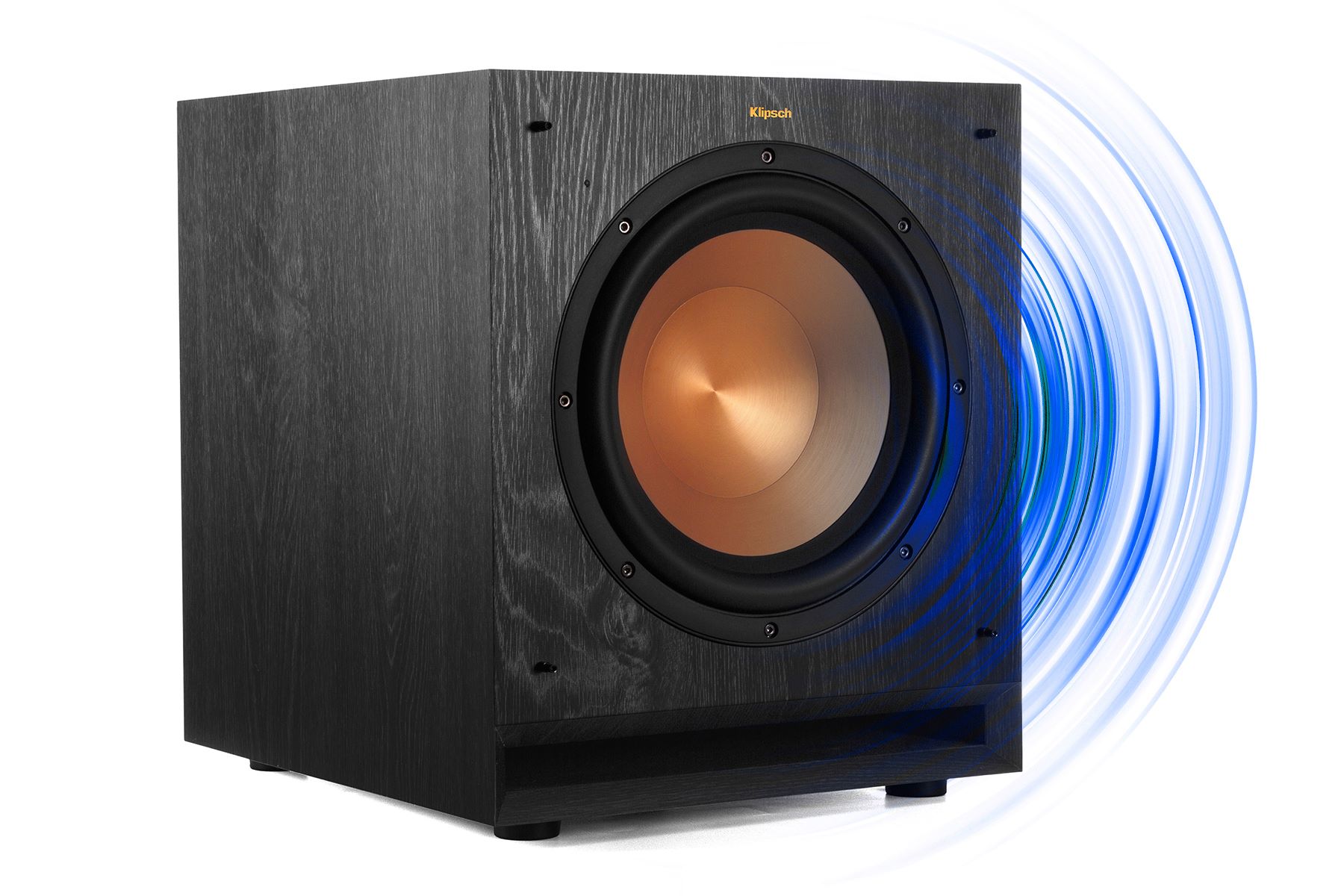Home>Devices & Equipment>Turntable>Which Is Better Direct Drive Or Belt Drive Turntable


Turntable
Which Is Better Direct Drive Or Belt Drive Turntable
Modified: January 22, 2024
Looking to buy a turntable? Discover whether direct drive or belt drive is the better option for you. Compare their pros and cons to make an informed decision.
(Many of the links in this article redirect to a specific reviewed product. Your purchase of these products through affiliate links helps to generate commission for AudioLover.com, at no extra cost. Learn more)
Table of Contents
- Introduction
- Overview of Direct Drive Turntables
- Advantages of Direct Drive Turntables
- Disadvantages of Direct Drive Turntables
- Overview of Belt Drive Turntables
- Advantages of Belt Drive Turntables
- Disadvantages of Belt Drive Turntables
- Factors to Consider When Choosing Between Direct Drive and Belt Drive Turntables
- Conclusion
Introduction
Welcome to the world of turntables, where the sweet sound of vinyl records fills the room and transports you back in time. Whether you are a seasoned vinyl enthusiast or just starting your journey into the world of analog music, one of the most important decisions you’ll need to make is whether to go for a direct drive or belt drive turntable.
Both direct drive and belt drive turntables have their own unique characteristics and advantages. Understanding the differences between the two can help you make an informed choice that best suits your needs and preferences.
In this article, we will delve into the world of turntables, exploring the features and benefits of both direct drive and belt drive models. We will discuss the advantages and disadvantages of each type, helping you make an educated decision when it comes to selecting the perfect turntable for your listening pleasure.
So, whether you’re a hardcore audiophile or simply someone who appreciates the warm analog sound, sit back, relax, and let’s dive into the wonderful world of turntables!
Overview of Direct Drive Turntables
Direct drive turntables are a popular choice among DJs and vinyl enthusiasts for their precise control and stable rotation. In a direct drive turntable, the motor is directly connected to the platter, eliminating the need for a belt. This direct connection ensures a direct transfer of power, resulting in accurate and consistent rotation speed.
One of the key advantages of direct drive turntables is their ability to start and stop quickly. This makes them ideal for DJs who require instant cueing and scratching capabilities. The direct drive mechanism allows for responsive and precise control over the playback, allowing DJs to manipulate the music seamlessly.
Another advantage of direct drive turntables is their durability and reliability. Since the motor is directly connected to the platter, there are fewer components that can wear out or break. This makes direct drive turntables less prone to mechanical issues and ensures a long lifespan.
Direct drive turntables also offer high torque, which refers to the rotational force generated by the motor. The high torque allows for quick acceleration and deceleration of the platter, making it easier to mix and match beats for DJs. It also provides more consistent speed stability, essential for accurate playback and mixing.
Furthermore, direct drive turntables often come with additional features such as pitch control and reverse play. Pitch control allows DJs to adjust the speed of the playback, enabling beat matching and creating seamless transitions. Reverse play, as the name suggests, allows the record to be played in reverse, adding a unique and creative element to DJ performances.
While direct drive turntables are highly regarded for their performance and versatility, they do have a few potential drawbacks. Some audiophiles argue that the direct drive mechanism can introduce motor noise or vibrations that may affect the sound quality. However, modern direct drive turntables have significantly improved in this regard, and the difference in sound quality may be negligible to most listeners.
Overall, direct drive turntables are a popular choice for DJs and anyone seeking precise control and durability in their turntable. Their quick start/stop capabilities, high torque, and additional features make them ideal for mixing and scratching, while their reliability ensures years of reliable performance.
Advantages of Direct Drive Turntables
Direct drive turntables offer numerous advantages that make them a preferred choice for DJs and vinyl enthusiasts. Let’s explore some of the key benefits of direct drive turntables:
- Precise Speed Control: Direct drive turntables provide accurate and consistent rotation speed, ensuring precise playback of your vinyl records. This is particularly important for DJs who require seamless beat matching and mixing.
- Quick Start and Stop: Direct drive turntables have instant start and stop capabilities, allowing for instantaneous cueing and scratching. This feature is crucial for DJs who need to manipulate the music on the fly.
- High Torque: Direct drive turntables typically offer high torque, which refers to the rotational force generated by the motor. This high torque allows for quick acceleration and deceleration of the platter, enabling DJs to seamlessly mix and match beats.
- Durability and Reliability: The direct drive mechanism of these turntables eliminates the need for a belt, reducing the chances of mechanical issues. Direct drive turntables are known for their durability and reliability, making them a long-lasting investment.
- Additional Features: Many direct drive turntables come with extra features such as pitch control and reverse play. The pitch control allows DJs to adjust the speed of the playback, enabling beat matching and creating smooth transitions. Reverse play adds a unique and creative element to performances.
Overall, the advantages of direct drive turntables make them a popular choice among DJs and those who require precise control over the music playback. The ability to quickly start and stop, high torque for optimal mixing, and additional features like pitch control make direct drive turntables an ideal option for professional use.
Disadvantages of Direct Drive Turntables
While direct drive turntables offer many advantages, it is important to consider their potential drawbacks as well. Here are some of the disadvantages of direct drive turntables:
- Potential Motor Noise: Direct drive turntables have a motor that is directly connected to the platter. In some cases, this can introduce motor noise or vibrations that may impact the overall sound quality. However, modern direct drive turntables have significantly improved in this aspect, and the difference in sound quality may be negligible for most listeners.
- Higher Price Range: Direct drive turntables tend to be more expensive than belt drive models. The advanced motor technology and additional features contribute to the higher price range. However, the increased durability and performance may justify the higher cost for serious DJs and audiophiles.
- Lack of Belt Isolation: Some audiophiles prefer belt drive turntables because the belt acts as a buffer and isolates motor vibrations from being transferred to the platter. This can result in improved sound quality, as the belt absorbs any potential motor noise or vibrations.
- Less Traditional Vibe: For those seeking a nostalgic or vintage feel, direct drive turntables may not provide the same aesthetic appeal as belt drive turntables. Belt drive turntables are often associated with a more traditional and classic experience, while direct drive turntables are typically regarded as more modern and performance-oriented.
It is important to note that these disadvantages may vary depending on individual preferences and specific use cases. While direct drive turntables may have a few drawbacks, they still offer exceptional performance and reliability, making them a popular choice among DJs and enthusiasts who prioritize precision and convenience.
Overview of Belt Drive Turntables
Belt drive turntables are a classic choice for vinyl enthusiasts who appreciate the warm and nostalgic sound of analog music. In a belt drive turntable, the motor is located away from the platter and connected by a rubber belt. This belt transfers the motor power to the platter, resulting in a smooth and consistent rotation.
One of the notable advantages of belt drive turntables is their ability to isolate motor vibrations. The rubber belt acts as a buffer and absorbs any potential motor noise or vibrations, ensuring a cleaner and more authentic sound reproduction. This isolation helps to preserve the subtle nuances and dynamics of the music, making it a preferred choice for audiophiles.
Another advantage of belt drive turntables is their affordability. Compared to direct drive turntables, belt drive models are generally more budget-friendly, making them accessible to a wider range of music enthusiasts. This affordability makes belt drive turntables a great option for those who are just starting their vinyl journey or have a limited budget.
Belt drive turntables also tend to offer a more traditional and vintage aesthetic, appealing to those who appreciate a classic look and feel. With their nostalgic charm and timeless design, belt drive turntables can add a touch of nostalgia and elegance to any space.
While belt drive turntables excel in many aspects, they do have a few potential limitations. Due to the indirect transfer of power through the belt, belt drive turntables may have slower start and stop times compared to direct drive models. This may not be a significant concern for casual listeners, but DJs who require quick cueing and scratching capabilities may find direct drive turntables more suitable.
Furthermore, the belt in belt drive turntables may require occasional replacement as it can wear out over time. However, this is a relatively simple and affordable maintenance task that ensures optimal performance of the turntable.
In summary, belt drive turntables are beloved for their ability to preserve the purity of sound and their charming vintage appeal. The affordability and accessible nature of these turntables make them an excellent choice for beginners and those who appreciate the nostalgic experience of vinyl records.
Advantages of Belt Drive Turntables
Belt drive turntables have stood the test of time and continue to be a popular choice among vinyl enthusiasts for several compelling reasons. Let’s explore some of the advantages of belt drive turntables:
- Motor Vibration Isolation: One of the key advantages of belt drive turntables is their ability to isolate motor vibrations. The rubber belt acts as a buffer and absorbs any potential motor noise or vibrations, resulting in a cleaner and more accurate sound reproduction. This isolation helps to preserve the subtle nuances and dynamics of the music, delivering a rich and authentic audio experience.
- Affordability: Belt drive turntables are often more budget-friendly compared to their direct drive counterparts. This makes them an excellent option for beginners or those with a limited budget who still want to enjoy the unique charm of vinyl records. Despite their affordability, belt drive turntables can still provide a high-quality listening experience.
- Classic Aesthetic: Belt drive turntables offer a nostalgic and vintage appeal that many music enthusiasts appreciate. With their timeless design and traditional aesthetics, these turntables can add a touch of elegance and sophistication to any room. They evoke a sense of nostalgia and create a charming atmosphere, making them a perfect addition to a retro-inspired setup.
- Smooth and Consistent Rotation: Belt drive turntables are known for their smooth and consistent rotation. The belt transfers power to the platter in a controlled manner, resulting in accurate and stable playback. This steady rotation helps to reduce wow and flutter, ensuring a more enjoyable listening experience.
- Less Motor Noise: Since the motor is not directly connected to the platter, belt drive turntables tend to generate less motor noise. The motor vibrations are absorbed by the belt, allowing for a quieter playback and better discernment of the music details. This can result in improved sound quality and a more immersive listening experience.
These advantages make belt drive turntables an appealing choice for individuals who value a pure and authentic listening experience, appreciate the classic aesthetic, and are searching for an affordable entry point into the world of vinyl records.
Disadvantages of Belt Drive Turntables
While belt drive turntables offer several benefits, it’s important to be aware of their potential disadvantages as well. Here are some of the drawbacks of belt drive turntables:
- Slower Start and Stop Times: Compared to direct drive turntables, belt drive models can have slower start and stop times. The indirect transfer of power through the belt can result in a slight delay in the playback initiation and cessation. While this may not be a significant concern for casual listeners, DJs and those who require quick cueing and scratching capabilities may prefer the immediate response of direct drive turntables.
- Need for Belt Maintenance: The belt in a belt drive turntable may need occasional replacement. Over time, the belt can wear out or stretch, affecting the rotation speed and overall performance. However, belt replacement is a relatively simple and affordable maintenance task, ensuring smooth and consistent operation of the turntable.
- Lack of DJ Features: Belt drive turntables are typically designed with a focus on audio fidelity and a vintage aesthetic, which means they may lack certain features that are valuable for DJs. Features like pitch control, reverse play, and high torque are more commonly found in direct drive turntables, making them better suited for professional use.
- Less Speed Stability: While belt drive turntables provide smooth rotation, they may have slightly less speed stability compared to direct drive models. The belt’s elasticity and tension can cause minor variations in speed, resulting in a slight inconsistency in playback. However, this difference is often minimal and may not significantly impact the overall listening experience for most users.
- Less Immediate Motor Control: Due to the indirect connection between the motor and the platter, belt drive turntables may have slightly less immediate motor control compared to direct drive turntables. This can affect the responsiveness and precision required for certain DJ techniques and performance styles. However, for general listening purposes, the difference is typically negligible.
It’s important to consider these potential disadvantages in the context of your specific needs and priorities. While belt drive turntables may have a few limitations, their capacity to deliver a warm, authentic sound and their vintage charm continue to make them a popular choice among vinyl enthusiasts who value the classic appeal of analog music.
Factors to Consider When Choosing Between Direct Drive and Belt Drive Turntables
When deciding between direct drive and belt drive turntables, there are several factors to consider to ensure you choose the one that best suits your needs and preferences. Let’s explore these factors:
- Intended Use: Consider how you plan to use the turntable. If you are a DJ or require quick start and stop capabilities, a direct drive turntable may be more suitable. On the other hand, if you primarily listen to music and prioritize sound quality, a belt drive turntable may be a better choice.
- Sound Quality: Direct drive turntables generally offer better speed accuracy and lower wow and flutter, resulting in more precise sound reproduction and a better listening experience. However, belt drive turntables excel in isolating motor vibrations, potentially resulting in a cleaner and more authentic audio output. Consider the sound characteristics that matter most to you.
- Budget: Consider your budget. Belt drive turntables are often more affordable, making them a great option for beginners or those with a limited budget. Direct drive turntables, with their enhanced features and performance, generally come at a higher price point. Determine how much you’re willing to invest in a turntable.
- DJ or Audiophile: If you are a DJ or require features like high torque, pitch control, and reverse play, then a direct drive turntable is the way to go. These features are often found in direct drive models and cater to the needs of DJs. However, if you prioritize audio fidelity and value a vintage aesthetic, a belt drive turntable may better suit your audiophile preferences.
- Personal Preference: Ultimately, personal preference plays a significant role in choosing between direct drive and belt drive turntables. Consider the overall aesthetic, the tactile experience, and how the turntable fits within your listening space. Think about the specific qualities that resonate with you and align with your music listening preferences.
By considering these factors, you can make an informed decision when choosing between direct drive and belt drive turntables. Keep in mind that both options have their unique advantages and considerations, and the right choice will depend on your specific needs, budget, and personal taste.
Conclusion
Choosing between direct drive and belt drive turntables ultimately boils down to your specific needs, priorities, and preferences. Both types have their own set of advantages and disadvantages, and understanding these factors can help you make an informed decision.
If you are a DJ or require quick start/stop capabilities and advanced features like pitch control, high torque, and reverse play, a direct drive turntable would be the ideal choice. Direct drive turntables offer precise speed control, durability, and the responsiveness needed for DJ performances.
On the other hand, if you prioritize audio fidelity, enjoy the vintage aesthetic, and have a limited budget, a belt drive turntable may be the perfect option. Belt drive turntables excel in isolating motor vibrations, delivering a cleaner sound reproduction and a delightful listening experience. They also tend to be more affordable, making them accessible for beginners and enthusiasts on a budget.
Ultimately, personal preference plays a significant role in choosing the right turntable. Consider your intended use, sound quality preferences, budget, and any specific features you require. The decision between direct drive and belt drive turntables is a subjective one, and there is no one-size-fits-all answer.
Whether you choose the precision and convenience of direct drive or the warm and authentic sound of belt drive, both types of turntables have their own unique charm and can bring the joy of vinyl music into your life.
So, take your time, explore different options, and enjoy the world of vinyl records with the turntable that suits you best. Happy listening!










